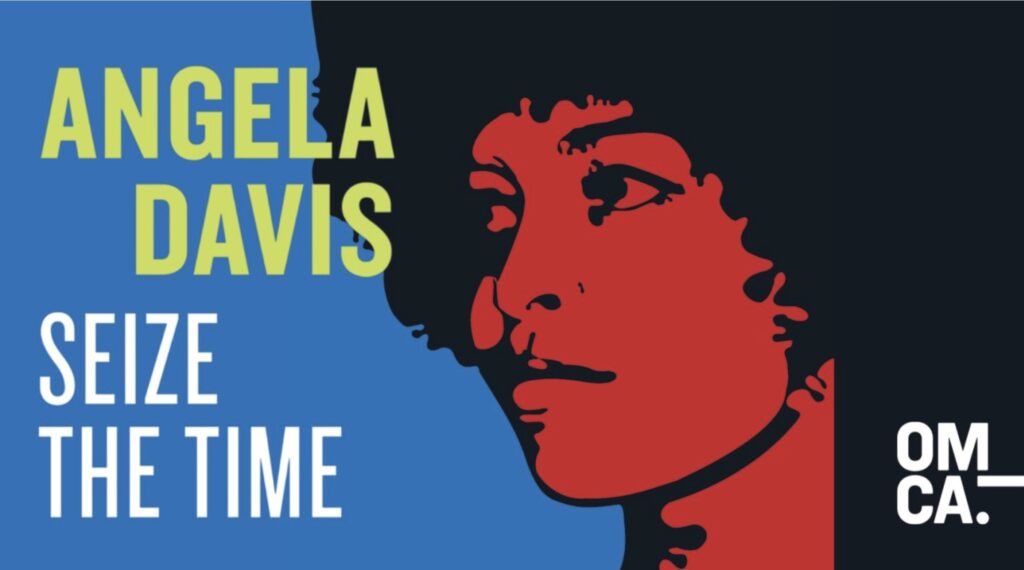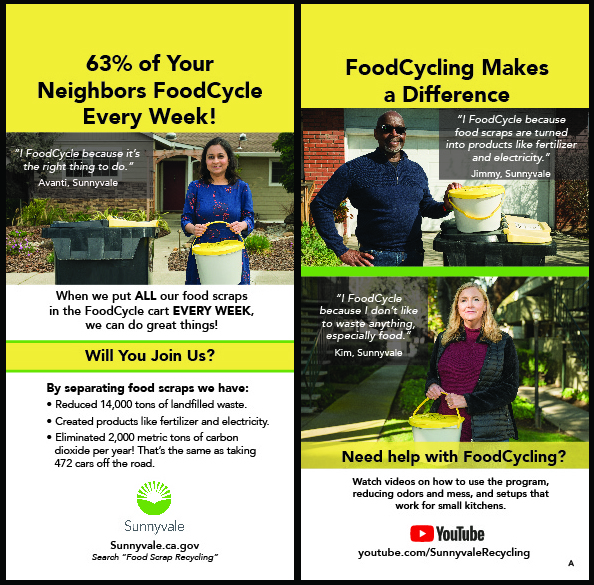Reducing food waste and diverting it and other organic materials from landfill is key to reducing methane emissions in our state (and around the world). California’s SB 1383 establishes targets for reducing organic waste going to landfill and increasing edible food recovery, and public agencies across the state are scrambling to implement it. The law, including outreach for it, was a major focus at this year’s California Resource Recovery Association (CRRA) Conference. The Gigantic team’s presentation was designed to contribute to that discussion.
How much do Californians already know about food waste and its connection to climate change? What would motivate more residents to reduce food waste? Back in 2020, we conducted a brief statewide survey of Californians to ask a few questions about their understanding of greenhouse gas emissions, landfill and food waste. We re-ran the survey with some additional questions in 2023 to see if the implementation of SB 1383 was impacting residents’ understanding of food waste and its relation to the warming planet. In comparing the data from 2023 to that of 2020 we noted:
- 84% of respondents think that human-caused climate change is happening; this is up
4 percentage points from 2020. - The number of respondents who are very or extremely worried about climate change is stable at 50%. There is an increase of those who say they are more worried than they were a year ago: 46% vs 40% in 2020.
- Only 33% of respondents understood that food scraps break down and release methane in landfill. This is down from 42% in 2020.
- Despite the requirements of SB 1383 that every resident have access to organics composting service, only 47% of respondents confirmed that their food scraps are collected separately from garbage. 28% said that food scraps go in the garbage and 16% said they don’t have food scrap collection service. 8% did not know.
- When asked to select the three best reasons for reducing food waste, “The right thing to do” was selected by 45% of respondents (down from 49% in 2020). “Fighting climate change” was selected by 32% of respondents.
The survey results demonstrate that many Californians understand that climate change is happening and they are worried about it, but do not yet understand the connection between food waste going to landfill and the climate crisis. We see this as a possible opportunity for future outreach: Many of the actions that fight climate change are quite a big “ask” for most people: “Buy a new electric car!” “Replace your water heater!” “Stop eating meat!” In contrast, cutting food waste is both simpler and has many practical benefits, such as saving money. Could outreach about cutting food waste to fight climate change be the daily action that makes people feel positive and hopeful about their actions and the future? This is a question we’d like to explore in future research.
To receive a copy of the full survey report, please email Gigantic.











